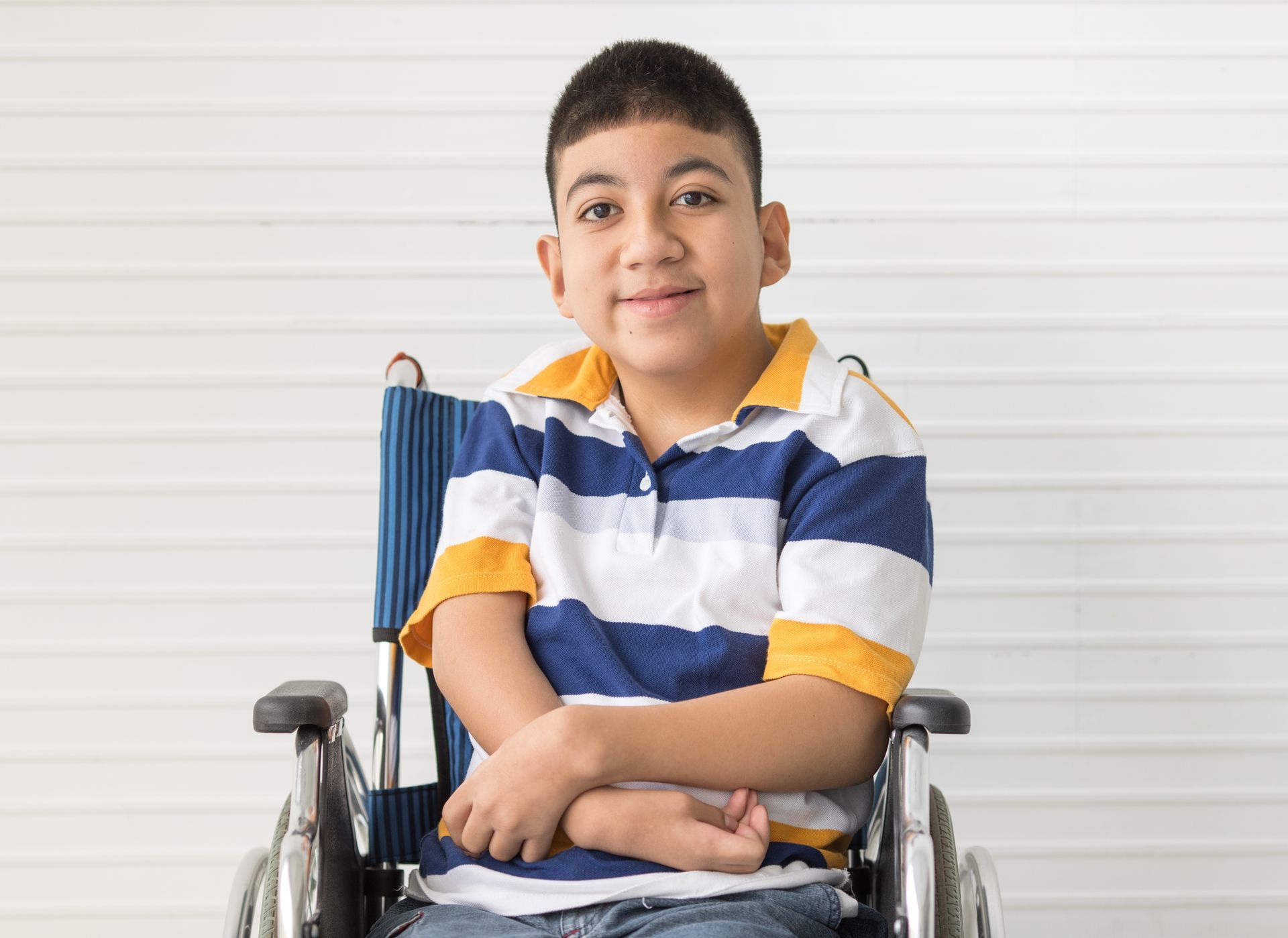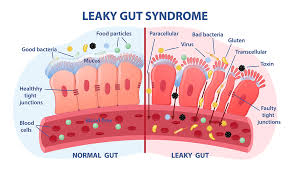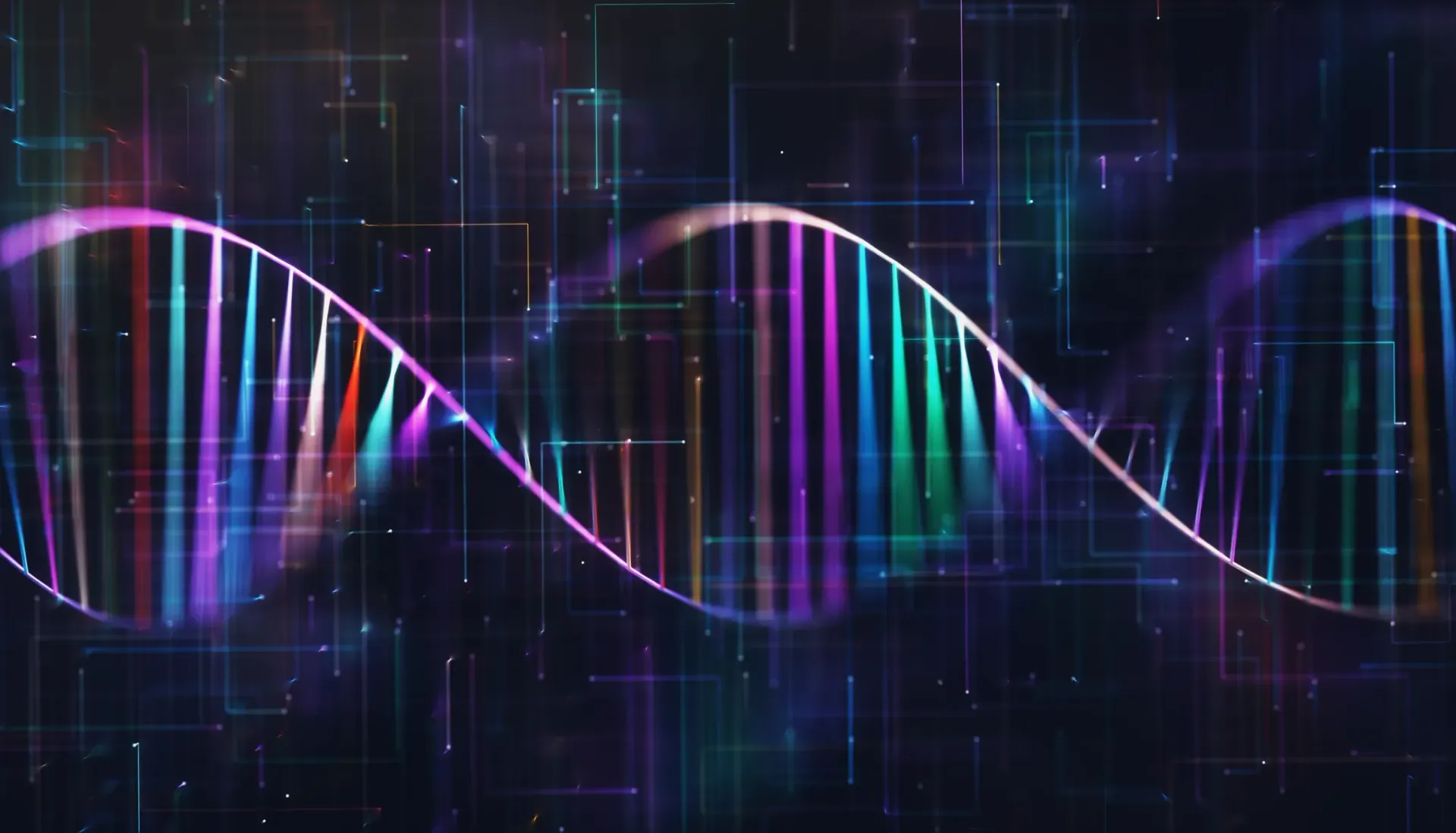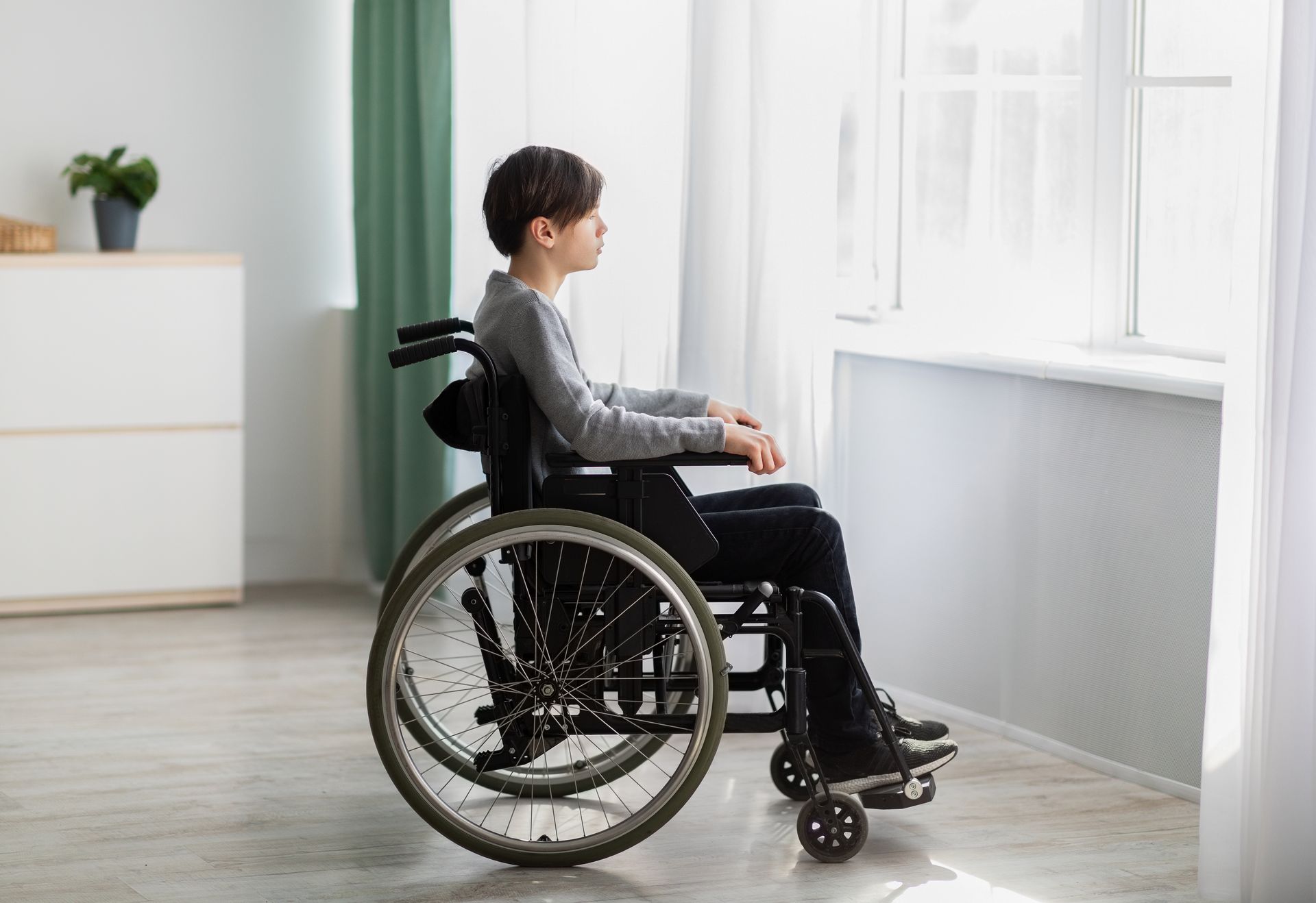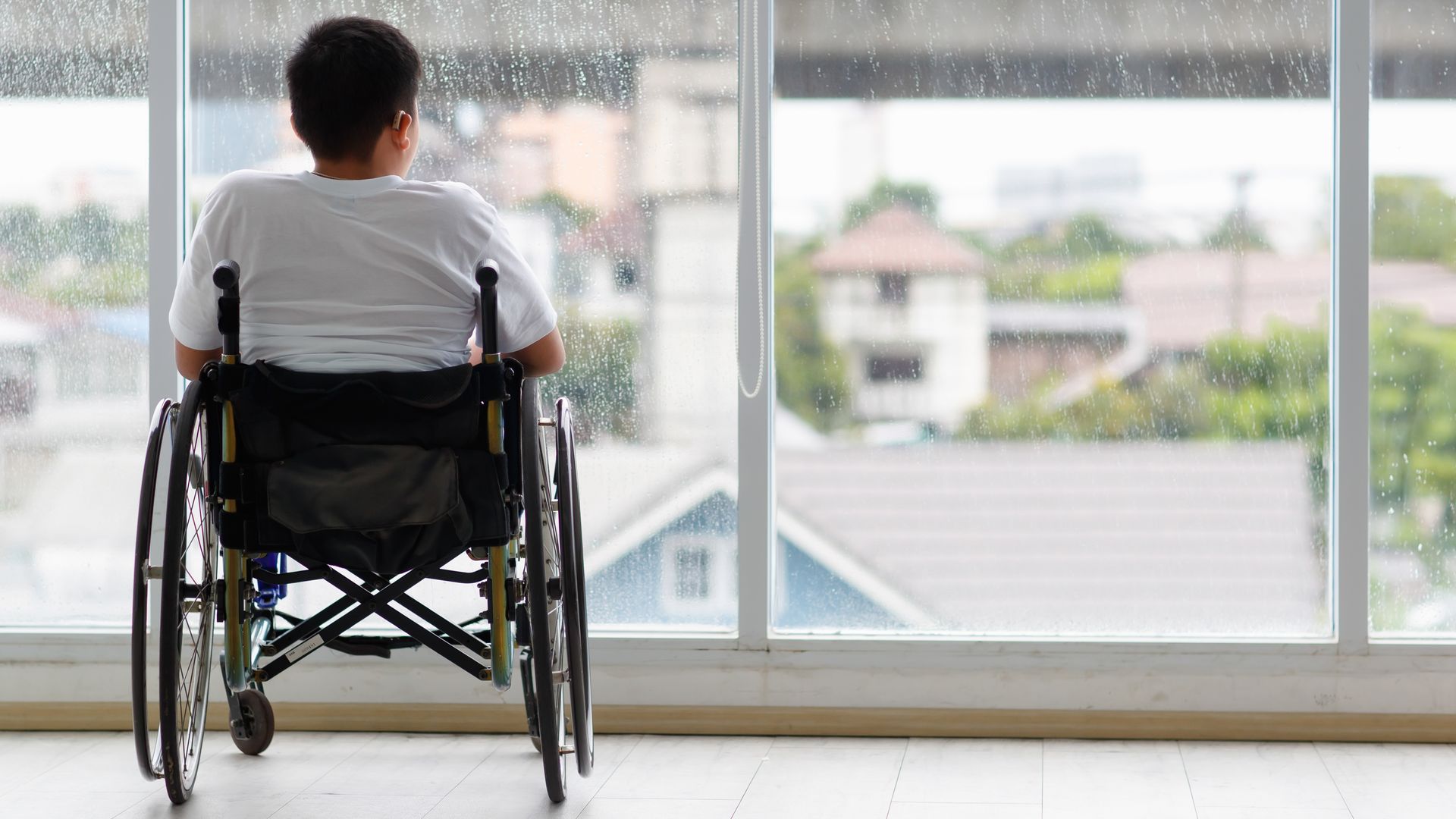A Familiar Name Joins the JOH Roster: Kimberly Buk
Kimberly Buk (formerly Kravitz) is a two-time Emmy Award-winning television journalist with a long string of notable accomplishments and awards. She’s a familiar face in the Tri-State area, in both print and electronic media.

In 2017, she was the producer of a program called “Jersey Matters,” working with well-known host/interviewer Larry Mendte. And, after learning about Jim Raffone, who’d started up JAR of Hope a few years previously, she had Jim on the program for an interview.
The interview went well, and obviously was a very touching event for Kimberly. During it, she learned that Duchenne muscular dystrophy is a fatal, muscle-wasting childhood disease that still has no cure – even after more than 200 years. She learned, too, that Duchenne md occurs only once in every 3,500 live births, mostly in boys. And she learned that there are only about 17,000 kids in America with this disease.
“When I learned a little about Jim and Karen and their son James Anthony (“Jamesy”), who has Duchenne muscular dystrophy,” Kimberly says, “I learned that this little-known disease was killing children before they had a chance to become adults.”
Jim Raffone explained on the show that kids with Duchenne start losing the ability to walk as early as nine or ten. Start losing the ability to breathe on their own by 12 or 13. And generally pass on - from asphyxiation - in their early-twenties. And he explained, too, that when he and Karen asked the doctors who had diagnosed Jamesy what they could do to fight this disease, the doctors said simply, “There is no cure. Just take him home and love him until he passes on.”
Kimberly was struck by the power of those words to deprive parents of any hope at all. But she learned quickly that the Raffones didn’t indulge in self-pity - or in entertaining the thought of giving up.
“As Jim spoke to Larry on the show,” she says, “I kept thinking how powerful his words were, and how touching they were. I wondered how anyone could not be touched by what he was saying. And how anyone could not be interested in helping this family – and the other 17,000 Duchenne families across the U.S. – to fund research for a cure for these children.”
As a result, Kimberly began helping JAR of Hope out as a media liaison. She and Jim also founded an organization called the Leadership Executive Alliance, of which she is now President.
“It gives me a chance to become a sort of Brand Ambassador for JAR of Hope,” she says. “And to help with the events that they put on to raise funds for a cure.” (The University of Florida has already offered to conduct research for a cure into Duchenne muscular dystrophy…if JAR of Hope can raise the $750,000 necessary to fund the research.)
Kimberly Buk notes, as well, that Jamesy Raffone is now 15 years old, and lost the ability to walk several years ago. For all these kids, this is truly a race against time.
JAR of Hope is a tremendous community asset. Jim Raffone, who’s now 53, has traveled widely around the world to participate in athletic endeavors to raise money to save these kids. And among his accomplishments are winning both of the professional boxing matches in which he’s participated, running in numerous marathons, conquering “Ultra” athletic events such as the tortuous Alps-to-Ocean In New Zealand, 300-mile runs through several states…and two years ago, leading a team from JAR of Hope in climbing to the highest base-camp on Mount Everest, at, 18,372’.
“When Jim and I worked on a new podcast together,” Kimberly says, “we also started thinking of other new ways to work together. We live in the same community. We know each other’s families. And I’m doing the best I can to use my broadcasting skill-set to help JAR of Hope get the word out.”
She also notes that as JAR of Hope grows in the Tri-State region, her goals don’t stop there. She says events such as the upcoming (Oct. 6) New Jersey Run 4 Hope Half-Marathon help spread the word about Duchenne and its effects on local families. And about all the good being done by JAR of Hope. (For information on this event: https://www.jarofhope.org/; (732) 414-6670; https://The Race|NJ Run4Hope.com
“We’d like to help take JAR of Hope national,” Kimberly notes. (Note: JAR of Hope has recently expanded into Europe, and has plans for future expansion there.) “We’d like to expand our alliances, and to grow teams around the country.”
She notes there are plenty of web content and media opportunities for events, and that her broadcasting skill-sets put her in a unique position to help.
“I feel very passionate about trying to save Jamesy’s life, and the lives of all the other kids with Duchenne,” Kimberly Buk says. “The struggles of the Raffone family are near and dear to my heart. And the values of supporting these families and of charitable endeavors align with my morals.
“So I’ll be there every step of the way.”
